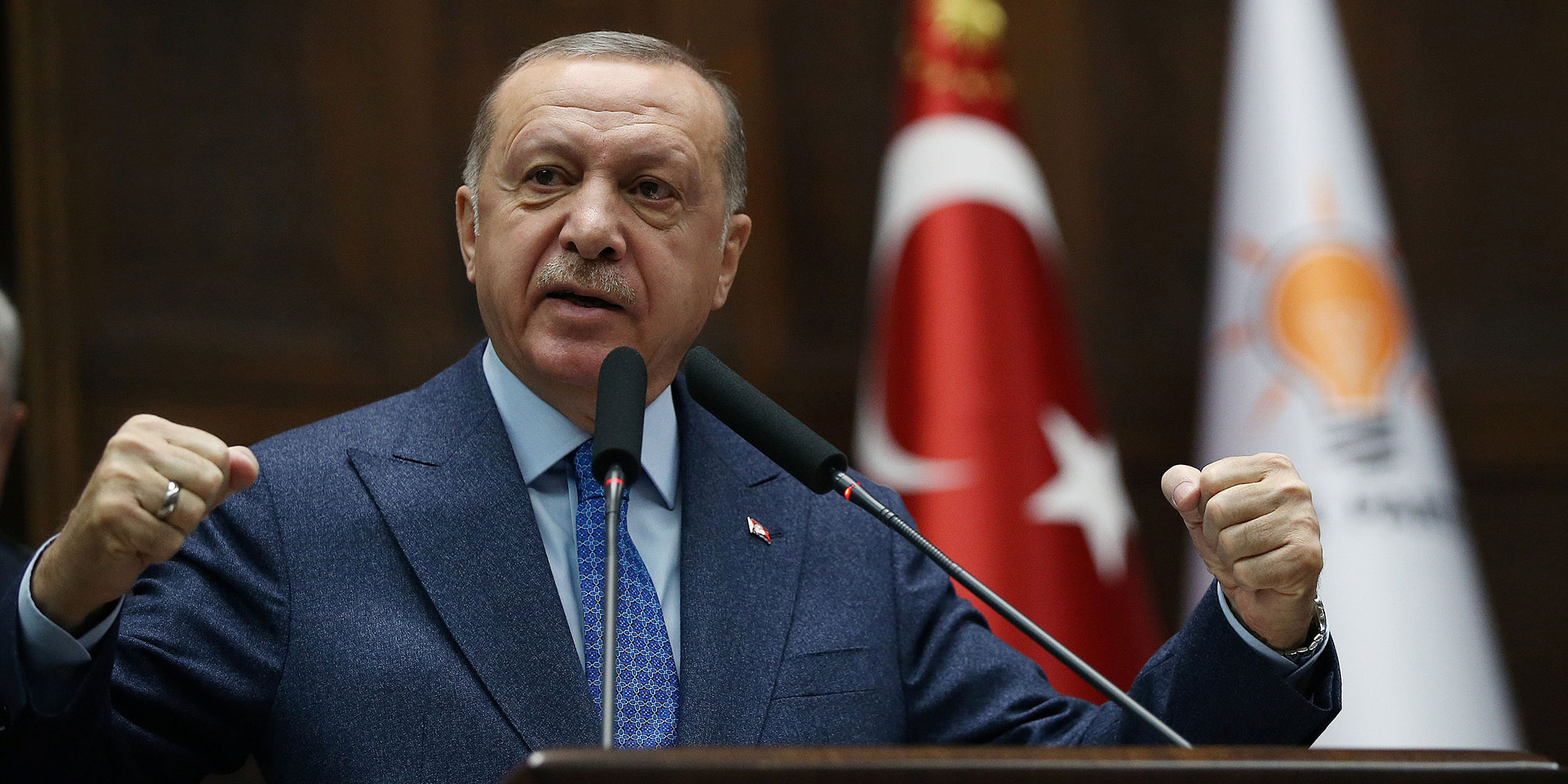In other words, Erdogan’s policies have achieved exactly the opposite of what they aimed for. Instead of causing the prices of exported products to fall, these prices have risen. Similarly, lower interest rates have been accompanied by a major slowdown in lending by private banks as they have seen their profit margins shrink and struggle to offset the effects of government policy. . This compensation was only made possible by another increase in key rates in the fall of 2022.
The Turkish economy is therefore stuck between Charybdis and Scylla. The AKP is reluctant to impose neoliberal remedies, yet fails to offer another viable option. With the presidential and legislative elections scheduled for the summer of 2023 at the latest, the crisis at the top of the government is becoming increasingly apparent. In this conjuncture, three different paths are open to Turkey: a mixture of improvised economic policies and authoritarian consolidation (the government’s favorite option); a return to a neoliberal doctrine (supported by some holders of capital and part of the opposition); and a program of popular democratic reform (position defended by the left).
Implicitly, Erdogan’s new policy approach contained a strategy of “import-substitution industrialization”: thanks to the high costs of imports, the low costs of financing investments and the financial benefits induced by the devaluation and the low rates of interest, industrial investment would have been reinforced and would have allowed Turkey to free itself from its exorbitant dependence on the world market. Nevertheless, such an ambition never had a chance to materialize, because its success depended on a strategy of planning and state investment that has always been sorely lacking. It would therefore be more appropriate to characterize Turkey’s recent turn to heterodox as a further attempt to manage the crisis, rather than a transition to a new regime of accumulation. The aim was to protect large sections of the population, especially those working in SMEs, from the damage caused by a plummeting economy. It was also about buying time for the AKP before the next general elections.
A return to an orthodox neoliberal economic policy would entail much higher political costs than a wait-and-see approach aimed at mitigating the effects of the crisis on SMEs and domestic consumption. The current political strategy of the AKP is therefore to position itself as the last lifeline for small businesses in difficulty, while intensifying the repression against possible threats to its hegemony. But such a method is not infallible. For example, high-performing SMEs that see themselves as capable of withstanding the competitive pressure of orthodox monetary policy may choose to ally themselves with capitalists who call for the expansion of Turkey’s role in the global economy. Indeed, the factions of capital closest to the AKP, mostly export-oriented and not very dependent on imports, have already begun to criticize the government for its botched currency devaluation.
So far, no decisive fracture has taken place between the ruling factions of capital and the Erdogan’s regime: most sectors are still recovering high profits (banking sector profits have increased fivefold), thanks in particular to inflation-induced wage compression. But Turkey’s largest business association, the Turkish Industry and Business Association (TÜSIAD), is increasingly calling for the re-imposition of neoliberal policies, with a view to bringing Turkey from the center of international production chains. TÜSIAD also calls for a relaxation of the authoritarianism of the AKP and more civil liberties and constitutional balances, in order to remedy the destabilizing effects that the current regime would have on society.

Comments are closed